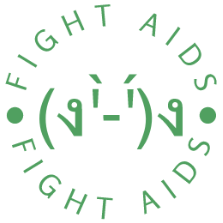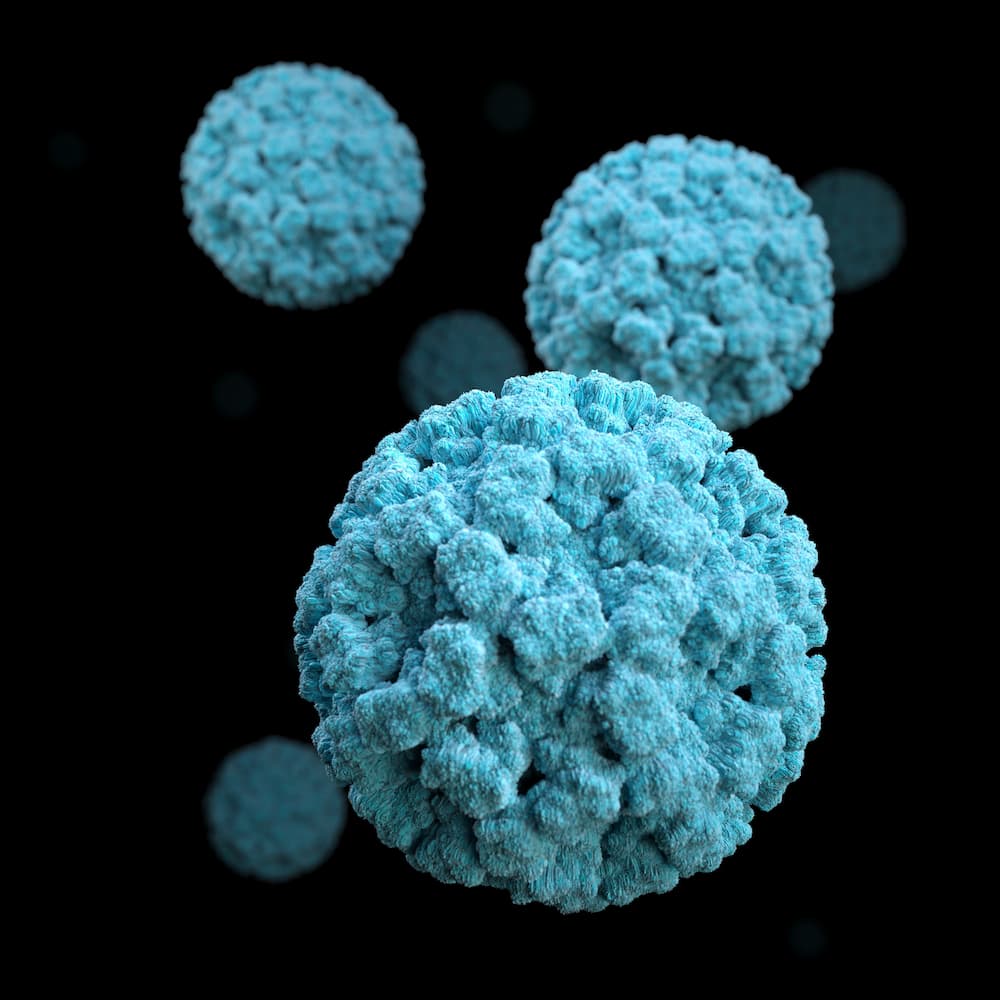Plague
Plague (or plague disease) is an infectious disease whose causative agent is the bacterium plague bacillus (lat. Yersinia Pestis; discovered in 1894), which occurs on small animals (rodents) and the parasites that live on them – fleas. It is transmitted to humans through the bite of infected fleas, by direct contact with infected materials, or by airborne droplets from a diseased person. The incubation period is 3-7 days, then typical flu symptoms develop: sudden fever, chills, headache and body aches, as well as weakness, nausea and vomiting. There are three forms of plague. In bubonic, the most common form, the plague bacillus attacks the lymphatic system. As a result, the lymph node becomes hard and a bubo appears on the body. In the later stage of the disease, the inflamed lymph nodes turn into festering wounds. In the septic form, the infection penetrates through cracks in the skin and enters the bloodstream immediately. Pulmonary plague, the most severe and least common form, is accompanied by respiratory damage. Untreated, the disease can lead to severe complications and death (mortality, 30%-60%). In the fight against plague, antibiotic treatment is effective, as well as supportive therapy. Untreated, the disease can be fatal in a short time.
The first information about the disease with similar symptoms dates back to the days of ancient Rome. However, it is thought to have spread in earlier times in what is now Libya, Syria and Egypt. In the past, plague caused widespread pandemics. In the 14th century, one form of plague, better known as the “Black Death,” according to some estimates, killed 50 million people. According to the World Health Organization (WHO), between 2010 and 2015 there were 3,248 cases of various forms of plague, and 584 people died of the disease.
Smallpox
Smallpox is caused by the variola virus (lat. Variola). It is transmitted by airborne droplets, as well as through items with which the infected person had contact. Incubation period is 7-17 days. The disease begins with a rapid rise in temperature, headache, often nausea and vomiting. Fever subsides in 2-3 days, and nodular-bubbly rash appears on the skin and mucous membranes, leaving scars (pockmarks). In 30% of cases lethal outcome is observed, in rare forms (confluent, hemorrhagic, purpura) mortality reaches 70% and higher.
Until recently it was believed that smallpox appeared in Africa or Asia in the 4th millennium BC. However, today scientists suggest that the human virus is close to the camelpox virus and passed to humans in the Middle Eastern region at the beginning of our era. The smallpox epidemic first swept through China in the 4th century and struck Korea in the 6th century. In the VIII century the disease was brought to Europe. In the XVII-XVIII centuries all Europeans were affected by smallpox, and over 1.5 million people died of it every year. The first records of smallpox in America, where it may have been brought by Spanish conquerors, date back to the beginning of the 16th century. At the end of the XVIII century smallpox was introduced to Australia.
The disease was controlled thanks to the WHO global vaccination program, implemented since the second half of the 1960s. The last human case of smallpox was recorded on October 26, 1977 in Somalia. Officially, victory over the disease was declared in 1980. Only two laboratories have the authority to store the virus and conduct research: the Russian State Research Center of Virology and Biotechnology “Vector” (Koltsovo, Novosibirsk region) and the U.S. Center for Disease Control and Prevention (Atlanta, Georgia).
Cholera
Cholera is an acute intestinal infection caused by Vibrio cholerae bacteria, which is characterized by lesions of the gastrointestinal tract, water-salt metabolism disorder and dehydration of the body. It is spread through contaminated water and food, and is closely associated with poor sanitation and lack of clean drinking water. Cholera has been known since ancient times and remained one of the most dangerous epidemic diseases until the middle of the XX century. In the 19th century, cholera spread from its original reservoir in the Ganges delta of India to the rest of the world. Six successive pandemics killed several million people worldwide. The seventh epidemic began in 1961 in South Asia and spread to Africa in 1971 and to the Americas in 1991. Nowadays sporadic cases and outbreaks occur in developing and poor countries, especially during mass natural disasters. For example, after the devastating earthquake in Haiti in January 2010, the number of victims of the cholera outbreak exceeded 7,500. In January 2011, cholera from Haiti was transferred to Venezuela, the Dominican Republic, Spain, the United States and Mexico; in 2012, it was transferred to Cuba.

